- Home
- Articles
- Architectural Portfolio
- Architectral Presentation
- Inspirational Stories
- Architecture News
- Visualization
- BIM Industry
- Facade Design
- Parametric Design
- Career
- Landscape Architecture
- Construction
- Artificial Intelligence
- Sketching
- Design Softwares
- Diagrams
- Writing
- Architectural Tips
- Sustainability
- Courses
- Concept
- Technology
- History & Heritage
- Future of Architecture
- Guides & How-To
- Art & Culture
- Projects
- Interior Design
- Competitions
- Jobs
- Store
- Tools
- More
- Home
- Articles
- Architectural Portfolio
- Architectral Presentation
- Inspirational Stories
- Architecture News
- Visualization
- BIM Industry
- Facade Design
- Parametric Design
- Career
- Landscape Architecture
- Construction
- Artificial Intelligence
- Sketching
- Design Softwares
- Diagrams
- Writing
- Architectural Tips
- Sustainability
- Courses
- Concept
- Technology
- History & Heritage
- Future of Architecture
- Guides & How-To
- Art & Culture
- Projects
- Interior Design
- Competitions
- Jobs
- Store
- Tools
- More
Making Green Roofs More Useful: Innovative Ideas for Sustainable Urban Spaces
Discover how reimagining green roofs can maximize their potential by integrating renewable energy, urban agriculture, biodiversity, and community spaces. Learn about innovative strategies, advanced materials, and real-world examples that transform these green havens into sustainable, multifunctional urban assets, addressing key challenges while enhancing cities and ecosystems alike.
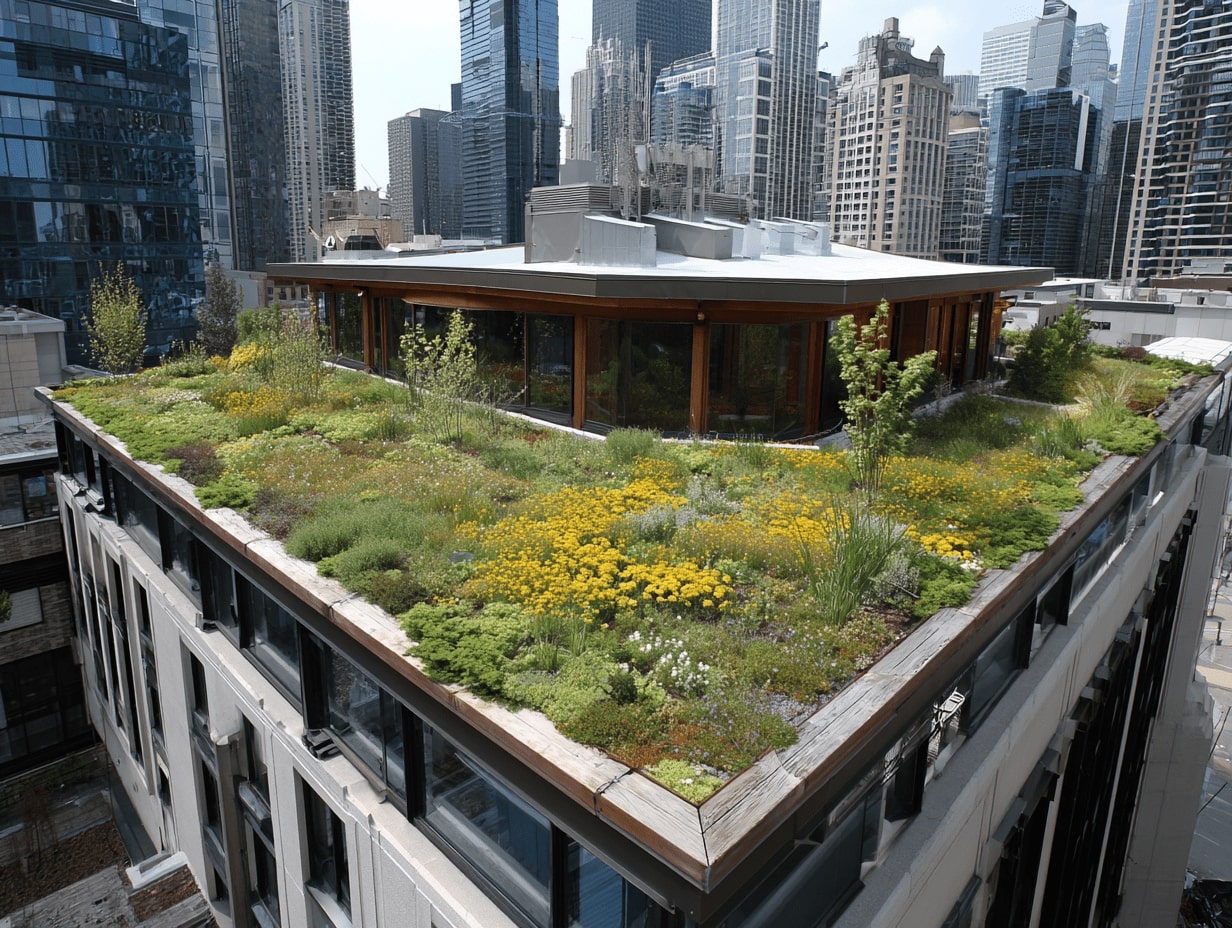
Green roofs have become a symbol of sustainable living, offering a refreshing touch of nature in urban landscapes. They help reduce heat, improve air quality, and manage stormwater, but there’s so much more potential waiting to be unlocked. Why stop at aesthetics and basic environmental benefits when we can make these spaces even more functional?
By reimagining how we use green roofs, we can transform them into thriving hubs of activity and innovation. From growing fresh produce to supporting biodiversity and even generating renewable energy, the possibilities are endless. It’s time we explore creative ways to maximize their impact on our cities and our lives.
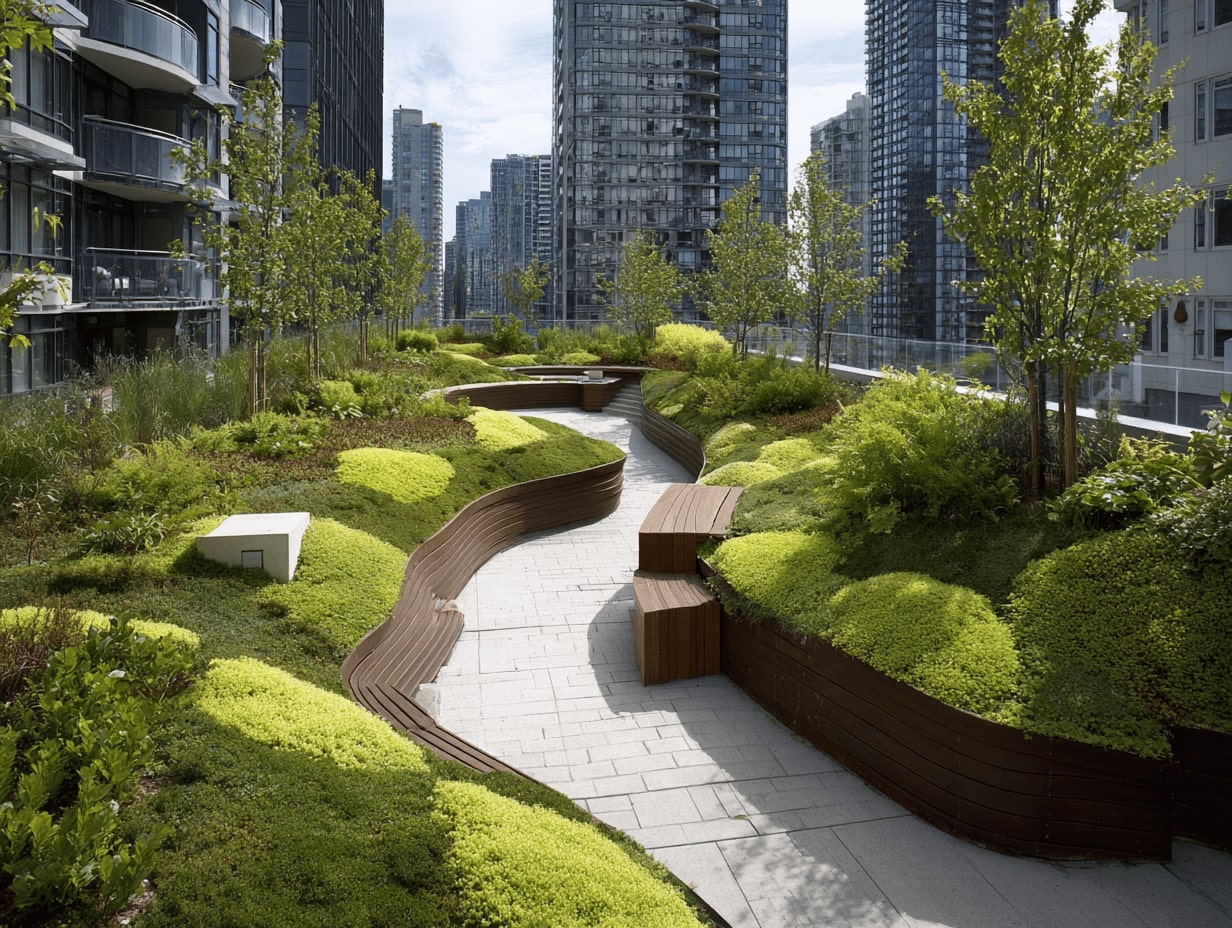
Table of Contents
ToggleUnderstanding Green Roofs
Green roofs combine vegetation with structure, creating functional spaces atop buildings. They contribute environmentally and offer opportunities for practical, innovative use in urban settings.

What Are Green Roofs?
Green roofs are layers of vegetation installed on rooftops over waterproof membranes. They typically consist of drainage systems, soil substrates, and plant cover. There are two primary types: extensive green roofs, which are lighter and host low-maintenance plants like sedums, and intensive green roofs, which support diverse vegetation, gardens, or trees due to their thicker substrates.
These systems integrate nature into urban architecture. By utilizing plant layers to absorb sunlight, retain rainfall, and insulate buildings, green roofs enhance functionality while conserving resources.
Benefits of Green Roofs
Green roofs provide environmental, economic, and social advantages.
- Temperature Regulation: They reduce urban heat island effects by absorbing less heat than conventional roofs. In cities, this can lower ambient temperatures by several degrees.
- Stormwater Management: They retain up to 50-80% of rainfall, lessening runoff and preventing urban flooding.
- Air Quality Improvement: Vegetation traps pollutants and filters CO2, enhancing local air conditions.
- Energy Efficiency: By insulating buildings, they lower cooling and heating needs, leading to a reduction in energy use and associated costs.
- Biodiversity Support: Green roofs create habitats for insects, birds, and plants, contributing to urban ecosystems.
When designed thoughtfully, they increase building value, provide usable recreational or agricultural spaces, and enhance urban aesthetics.
Challenges of Green Roofs
Green roofs provide numerous environmental and functional benefits, but they also face challenges that can limit their efficiency and long-term potential. Addressing these obstacles can help maximize their usefulness in urban areas.
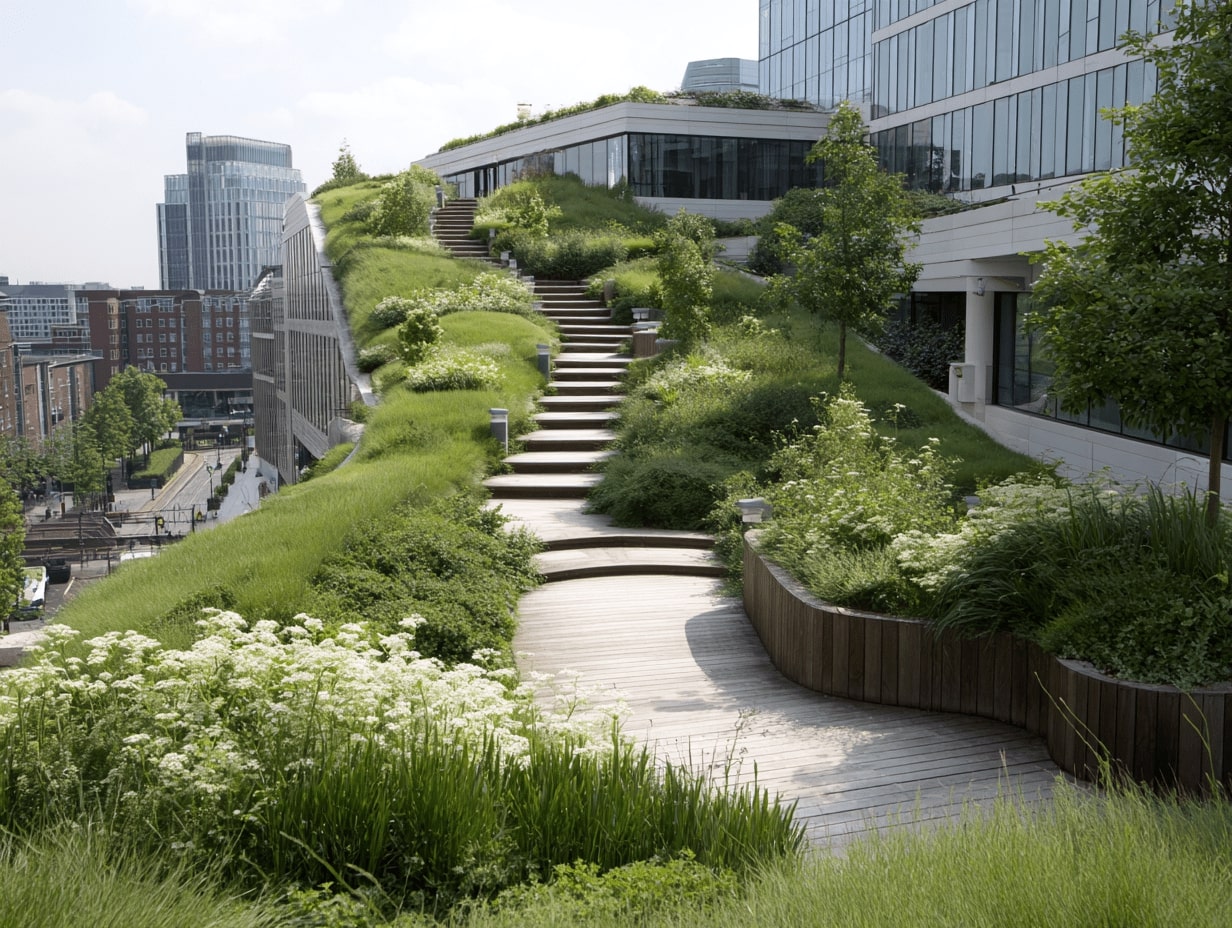
Common Issues Faced by Green Roofs
Cost remains a significant challenge, as installation and maintenance require specialized materials and expertise. For example, waterproof membranes, drainage layers, and structural assessments can increase project budgets.
Maintenance demands vary with roof type. Intensive roofs, which support diverse vegetation, need regular watering, pruning, and pest control, while even extensive roofs may develop issues like clogged drainage systems.
Structural limitations are common in older buildings, where weight capacity may not support green roof additions. Correct retrofitting is essential to avoid structural risks.
Weather-related factors, such as high winds or prolonged drought, can hinder plant growth and damage infrastructure. Ensuring resilience against climates specific to the location is a frequent concern.
Limitations in Current Designs
Design constraints often arise from outdated approaches focused solely on vegetation. Some green roofs fail to integrate multifunctional elements, such as renewable energy solutions like solar panels or urban agriculture features.
Insufficient plant diversity in certain designs can result in reduced ecological benefits. For example, monoculture plantings may lack the capacity to support urban biodiversity or adapt to changing climate conditions.
Urban accessibility issues limit public use. Many roofs are closed to residents, reducing their potential for community engagement, such as serving as recreational or educational spaces.
Drainage inefficiencies occur in poorly planned designs, leading to water pooling and potential damage. Effective drainage layers and soil composition are critical to prevent these issues.
Strategies For Making Green Roofs More Useful
Maximizing the potential of green roofs requires innovative approaches that address functionality, ecological impact, and community benefits. Below are strategies under key focus areas to transform these spaces into multi-use assets.
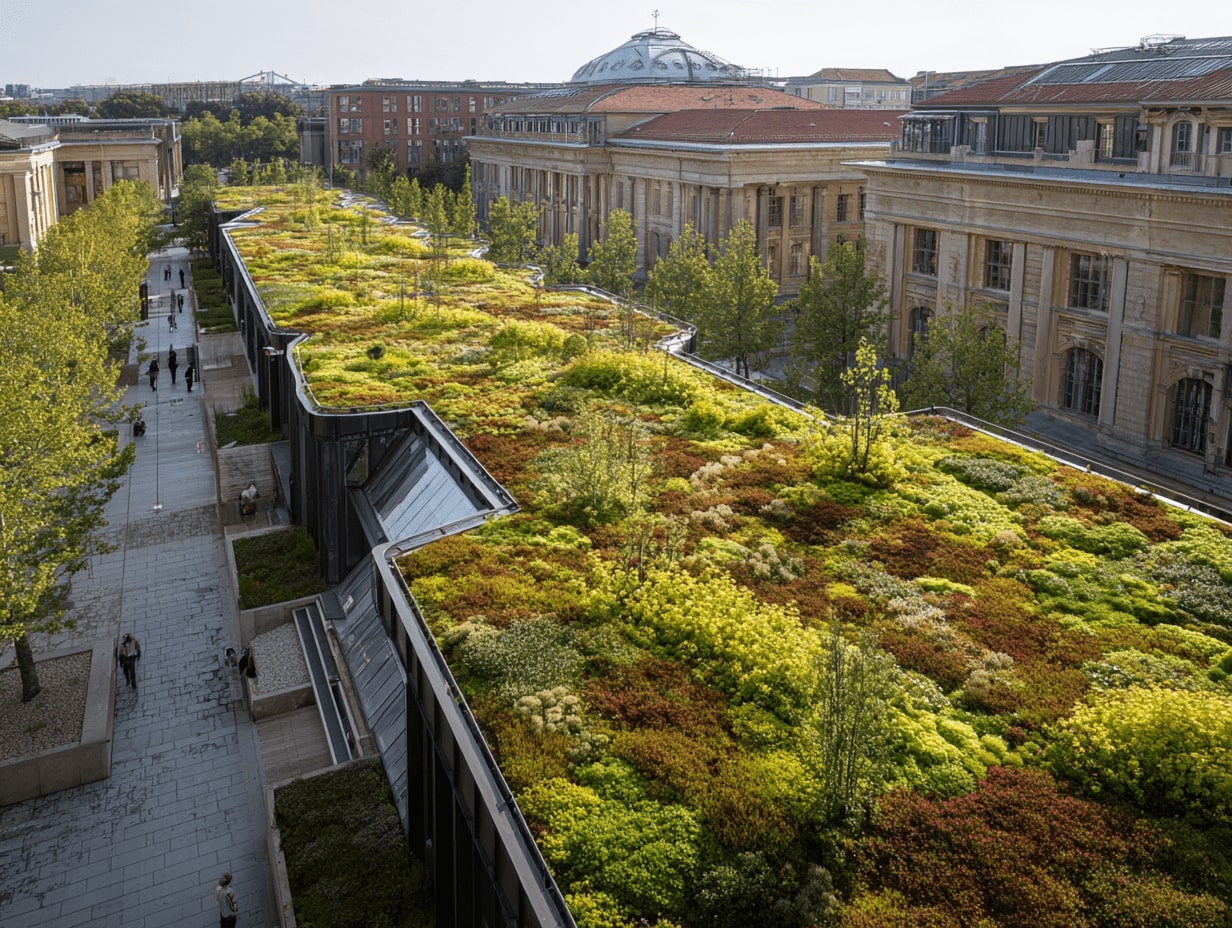
Improving Energy Efficiency
Optimizing insulation and vegetation selection enhances energy savings on green roofs. We can use native plants with high reflective properties to reduce heat absorption in summer and retain warmth in winter. Adding solar panels alongside green roofs creates hybrid systems, increasing renewable energy generation while benefiting from the cooling effect of vegetation, which improves solar panel efficiency.
Enhancing Stormwater Management
Integrating advanced drainage systems prevents water pooling and optimizes runoff retention. Modular drainage layers beneath vegetation increase permeability, allowing excess water to flow efficiently. Using water-absorbent materials and diverse plant species capable of handling varying rainfall enhances the roof’s ability to manage stormwater, reducing pressure on urban drainage systems.
Promoting Biodiversity
Supporting local ecosystems starts with planting native and drought-tolerant species to attract pollinators like bees and butterflies. Incorporating varied vegetation layers, such as shrubs and ground cover, can host diverse species. We can create habitats using features like birdhouses and insect hotels to encourage biodiversity while maintaining its ecological balance.
Integrating Urban Agriculture
Using intensive green roofs for growing food contributes to local food security. Adding raised beds or hydroponic systems enables year-round cultivation in urban areas. We can prioritize fast-growing, low-maintenance crops, such as lettuce, tomatoes, and herbs, to maximize output. Urban agriculture on roofs reduces transportation emissions and supports local sustainability goals.
Incorporating Community Spaces
Designing green roofs with gathering spaces enhances social value and accessibility. Installing benches, walkways, and shaded areas creates recreational zones for residents. Including educational spaces and programs focused on sustainability raises community awareness. Multi-functional design with seating and gardens fosters stronger connections and increases engagement with these urban eco-assets.
Innovative Technologies And Materials
Advancements in technology and materials are broadening the potential of green roofs and resolving traditional challenges. Employing cutting-edge solutions enhances their practicality, durability, and environmental impact.
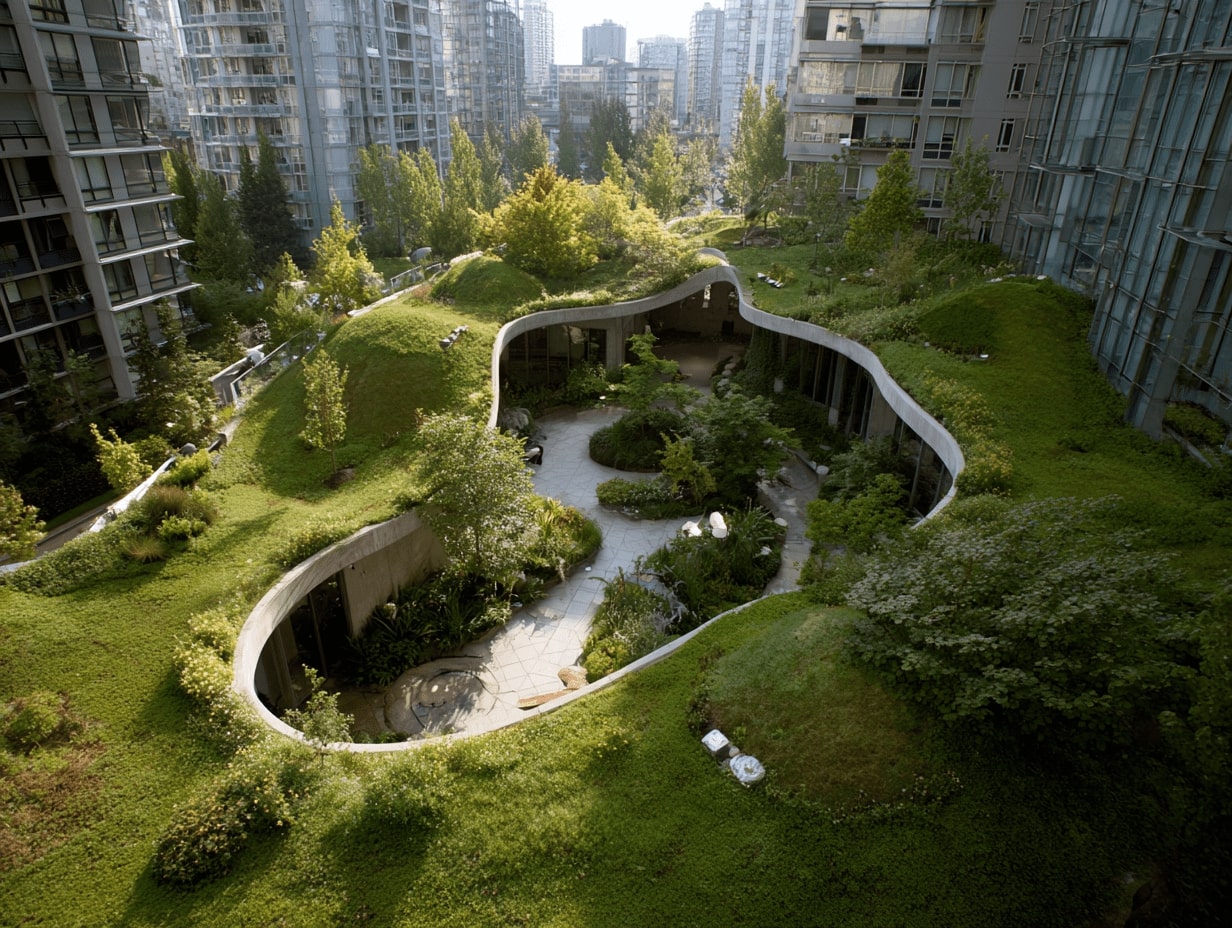
Smart Irrigation Systems
Incorporating smart irrigation systems ensures optimal water usage for green roofs. These systems monitor soil moisture levels, weather conditions, and plant needs using sensors and automated controls. For example, IoT-enabled irrigation devices adjust water delivery during rainfall or drought, preventing overwatering and reducing water waste. Additionally, integrating remote management allows real-time adjustments, minimizing maintenance demands. These technologies not only conserve water but also support healthier plant growth, enhancing overall ecosystem performance.
Lightweight and Durable Materials
Selecting lightweight, durable materials optimizes green roof design, especially for older structures with weight restrictions. Advanced substrates, such as expanded clay or perlite, replace traditional soil while maintaining necessary aeration and water retention. High-strength waterproof membranes prevent leakages and ensure long-term resilience. For instance, polymer-based materials provide increased flexibility and resistance to extreme weather. Additionally, incorporating modular green roof systems made from recycled plastics facilitates quicker, more sustainable installations. These innovations lower structural loads, extend lifespan, and boost ecological benefits.
Real-Life Examples Of Effective Green Roofs
Real-world examples highlight how green roofs contribute to urban sustainability and inspire future designs. Below are notable global case studies showcasing their impact.
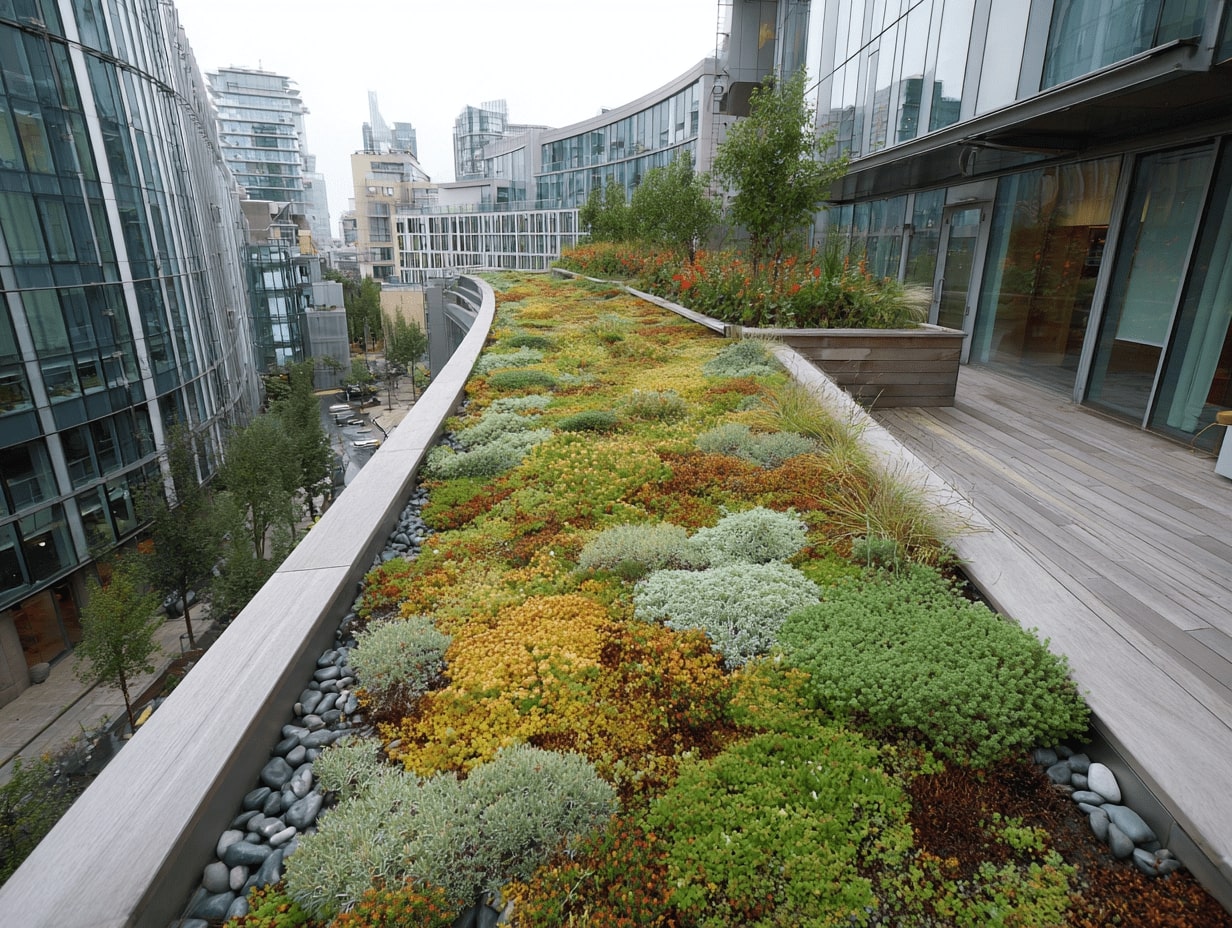
Inspiring Global Case Studies
-
Nanyang Technological University, Singapore
This campus incorporates green roofs across its architecture school. These roofs reduce temperatures and improve energy efficiency. The addition of native vegetation fosters biodiversity in an urban environment, demonstrating sustainable design in tropical climates.
-
The Chicago City Hall, USA
Installed in 2001, this intensive green roof includes over 150 native species that reduce heat islands and manage stormwater runoff. It serves as a public example of how green roofs lower building cooling costs while addressing environmental challenges in urban centers.
-
Manevy Office Complex, Switzerland
This rooftop is dedicated to renewable energy and agriculture. By integrating photovoltaic systems with agricultural zones, it maximizes functionality and offsets carbon emissions, showcasing a multifunctional approach to green roof design.
-
ACROS Fukuoka, Japan
This eco-tower features a stepped green roof with over 35,000 plants and trees. It reduces noise pollution, improves air quality, and provides urban green space for recreation. Its functional design bridges ecological and community benefits.
These case studies emphasize green roofs’ ability to address city-specific challenges through innovative solutions and sustainable practices.
Conclusion
Making green roofs more useful requires innovative approaches that align with environmental, social, and technological goals. By reimagining these spaces, we can integrate solutions like renewable energy, urban agriculture, and community spaces to amplify their benefits. Advanced materials, smart technologies, and efficient drainage systems enhance feasibility and durability, overcoming traditional barriers.
Fostering biodiversity, improving energy efficiency, and maximizing stormwater management create green roofs that support urban ecosystems. Real-world examples, such as Singapore’s Nanyang Technological University and Chicago City Hall, demonstrate the transformative potential of multifunctional designs. Green roofs can evolve into vital, sustainable urban assets when we shift focus toward combining ecological, functional, and social elements.
- city green spaces
- eco-friendly roof technology
- ecofriendly roof designs
- energy efficient green roofs
- environmentally friendly roofs
- Green Architecture
- green building materials
- green roof solutions
- innovative rooftop gardens
- roof garden architecture
- rooftop agriculture
- rooftop landscaping innovations
- sustainable architecture
- sustainable roof systems
- sustainable urban spaces
- urban biodiversity
- urban ecology
- urban green roofs
- urban sustainability solutions
- urban sustainability trends
Submit your architectural projects
Follow these steps for submission your project. Submission FormLatest Posts
To Upgrade or to Change Your Roof Completely: Key Facts to Know
Deciding what to do with an aging roof often brings confusion, hesitation,...
Best Practices for Roof Inspections and Maintenance
On most projects, the roof spends decades out of sight while carrying...
Sunny Days, Secure Roof: Simple Steps to Shield Your Home
Your home is more than just a place to live—it’s a sanctuary....
Simple and Stylish Roof Ideas for Homeowners
When designing your home, don’t overlook the roof. It’s essential for both...


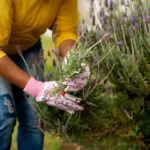


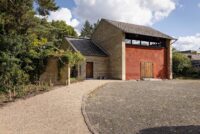
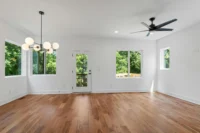
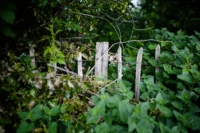

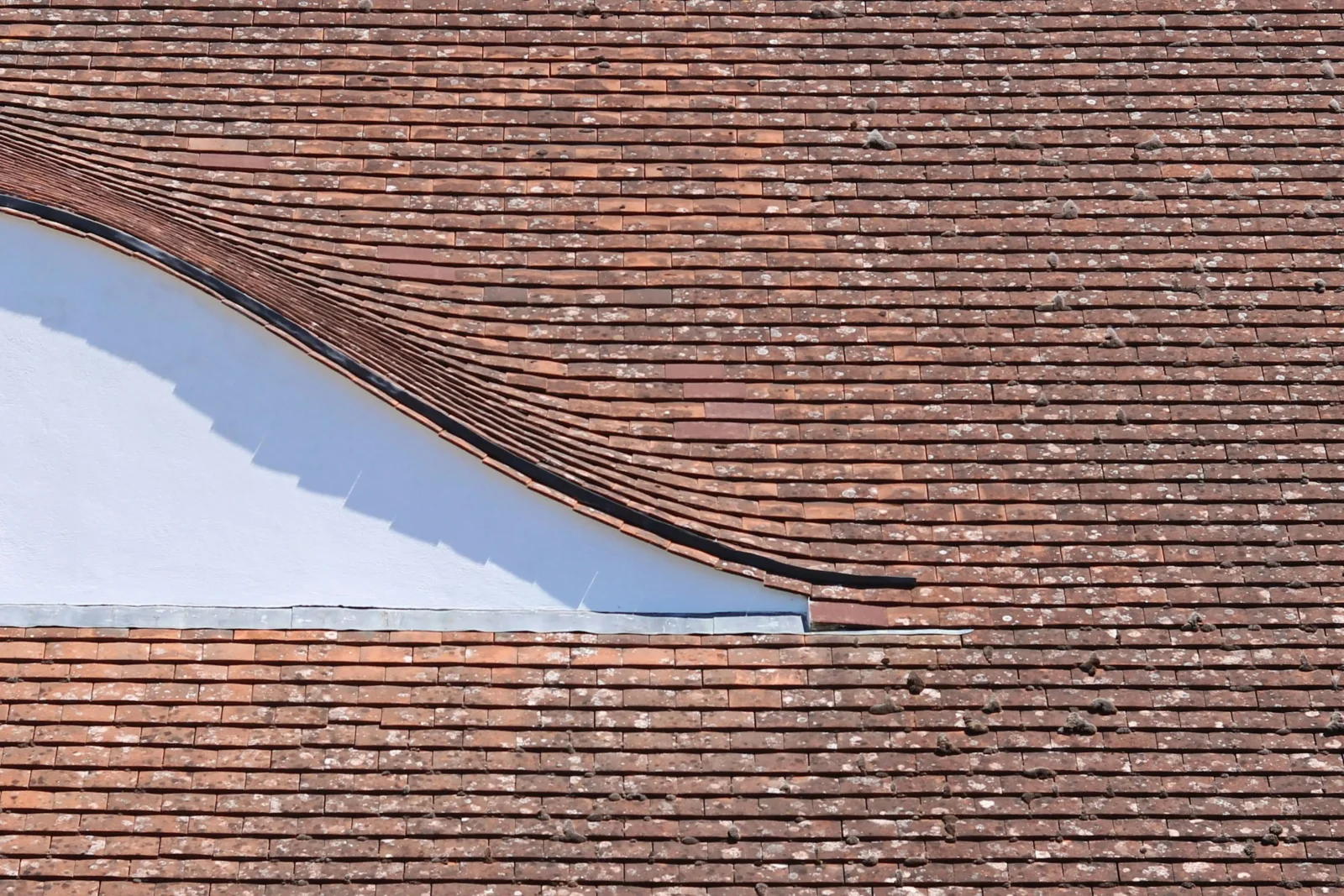
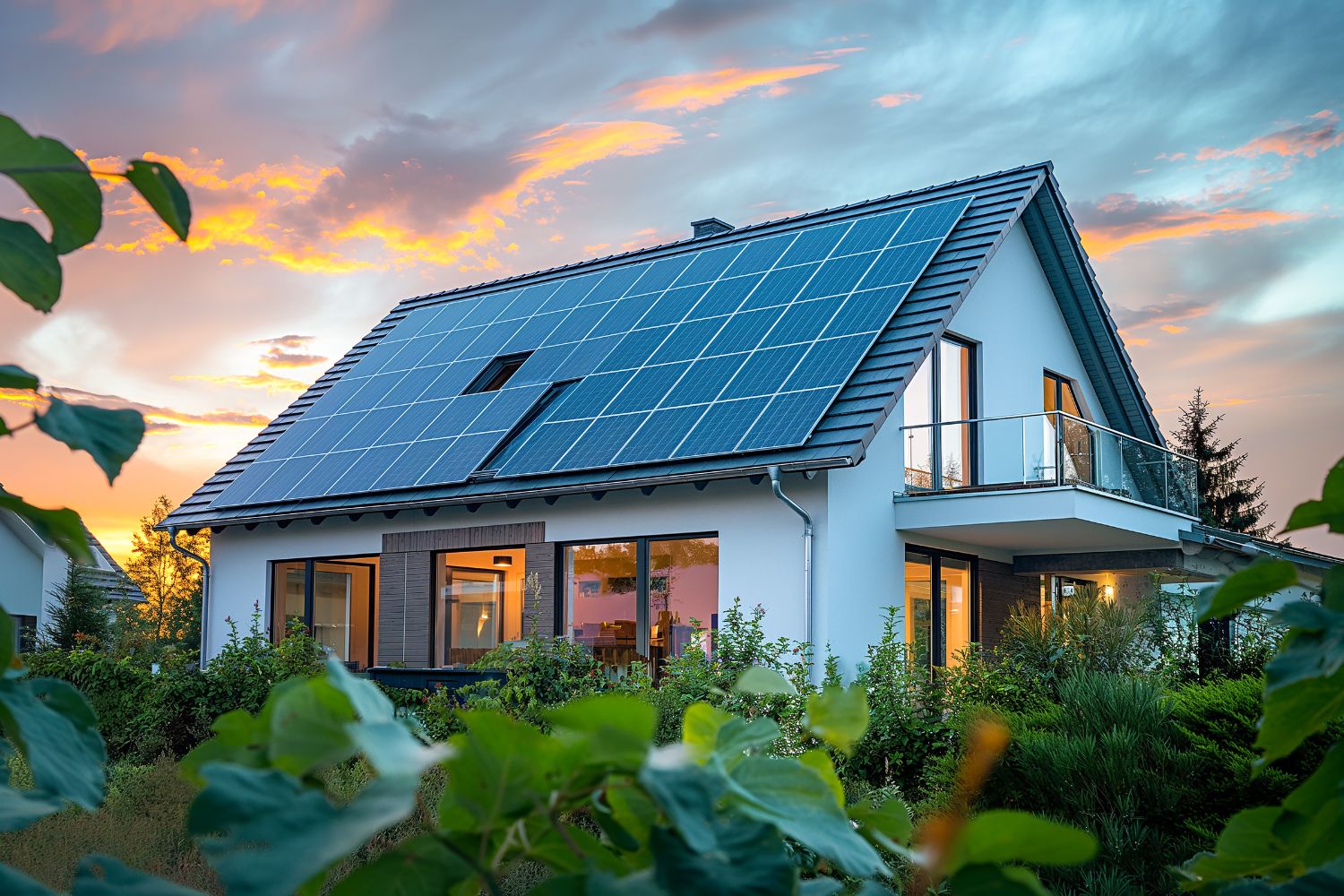
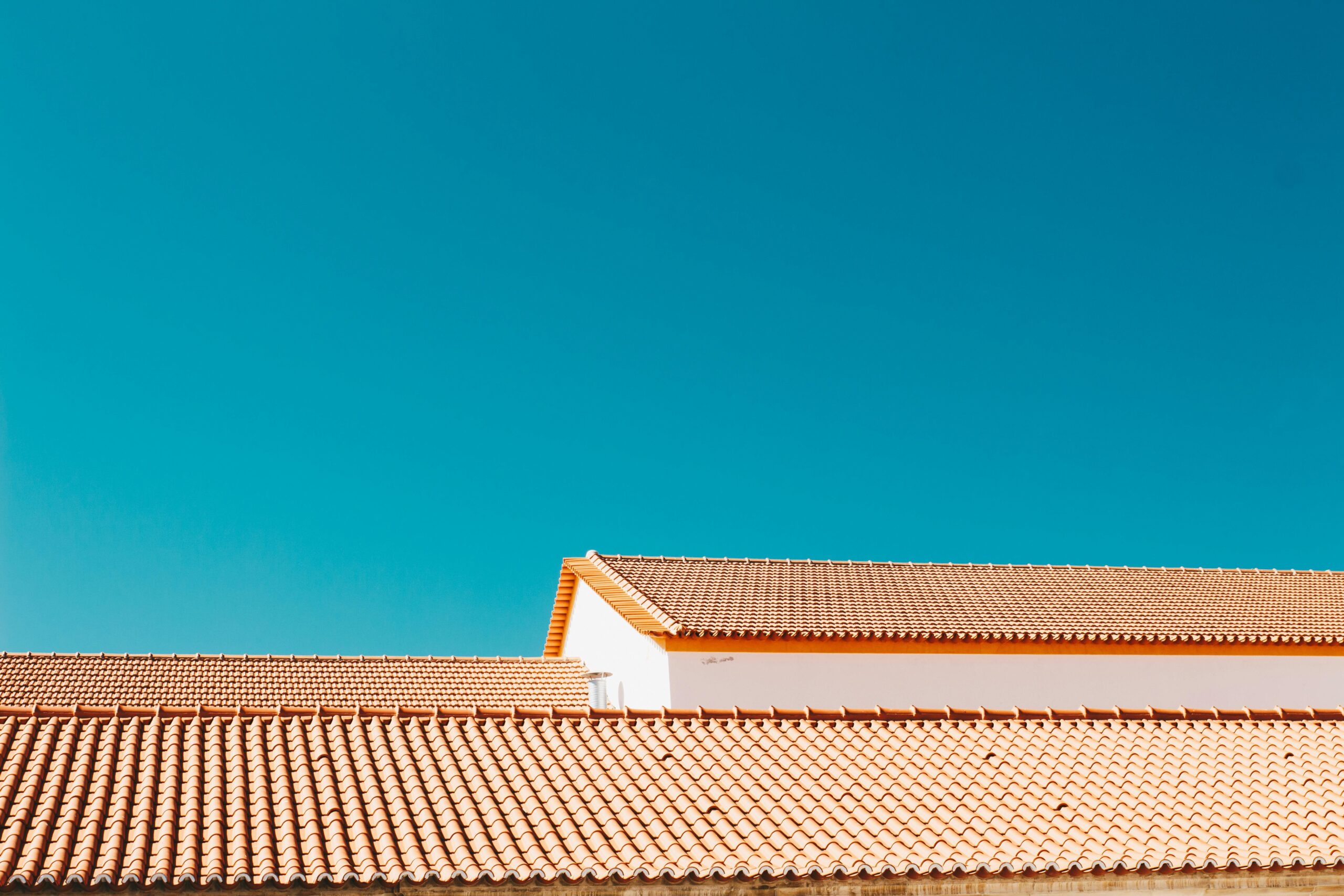
Leave a comment